Completing an EASA FCL Logbook: Pilot licensing regulations are being standardised across all member states of the European Aviation Safety Agency (EASA), including the UK. The EASA regulations have introduced a number of new pilot licences which are replacing licences issued by national authorities across Europe.
These licences are known as EASA licences or Part-FCL licences. Part-FCL is the main piece of European legislation introducing the changes.
The new EASA licence is governed by the EASA Part-FCL, and this document details a few differences to the old CAA Part-FCL we’re all used to – and have probably been basing our logbooks on.
When completing an EASA FCL Logbook, To ensure you’re not caught out when you make the transition, we’ve compiled the complete guide to completing your EASA FCL Logbook. You can read the full EASA PART-FCL document here.
General
- The record of the flights flown should contain at least the following information:
- (1) personal details: name(s) and address of the pilot;
- (2) for each flight:
- (i) name(s) of PIC;
- (ii) date of flight;
- (iii) place and time of departure and arrival;
- (iv) type, including make, model and variant, and registration of the aircraft;
- (v) indication if the aircraft is SE or ME, if applicable;
- (vi) total time of flight;
- (vii) accumulated total time of flight.
- (3) for each FSTD session, if applicable:
- (i) type and qualification number of the training device;
- (ii) FSTD instruction;
- (iv) total time of session;
- (v) accumulated total time.
- (4) details on pilot function, namely PIC, including solo, SPIC and PICUS time, co-pilot, dual, FI or FE;
- (5) Operational conditions, namely if the operation takes place at night, or is conducted under instrument flight rules.
Recording of Flight Time
- PIC flight time:
The holder of a licence may log as PIC time all of the flight time during which he or she is the PIC;
The applicant for or the holder of a pilot licence may log as PIC time all solo flight time, flight time as SPIC and flight time under supervision provided that such SPIC time and flight time under supervision are countersigned by the instructor;
The holder of an instructor certificate may log as PIC all flight time during which he or she acts as an instructor in an aircraft;
The holder of an examiner’s certificate may log as PIC all flight time during which he or she occupies a pilot’s seat and acts as an examiner in an aircraft;
A Co-pilot acting as PICUS on an aircraft on which more than one pilot is required under the type certification of the aircraft or as required by operational requirements provided that such PICUS time is countersigned by the PIC.
Co-pilot flight time: the holder of a pilot licence occupying a pilot seat as co-pilot may log all flight time as co-pilot flight time on an aircraft on which more than one pilot is required under the type certification of the aircraft, or the regulations under which the flight is conducted.
- Cruise relief co-pilot flight time: a cruise relief co-pilot may log all flight time as co-pilot when occupying a pilot’s seat;
- Instruction time: a summary of all time logged by an applicant for a licence or rating as flight instruction, instrument flight instruction, instrument ground time, etc., may be logged if certified by the appropriately rated or authorised instructor from whom it was received;
- PICUS flight time: provided that the method of supervision is acceptable to the competent authority, a co-pilot may log as PIC flight time flown as PICUS when all the duties and functions of PIC on that flight were carried out in such a way that the intervention of the PIC in the interest of safety was not required.
If the holder of a licence carries out a number of flights upon the same day returning on each occasion to the same place of departure and the interval between successive flights does not exceed 30 minutes, such series of flights may be recorded as a single entry.
Recording of PICUS Time
When an aircraft carries two or more pilots as members of the operating crew, one of them shall, before the flight commences, be designated by the operator as the aircraft PIC, according to operational requirements, who may delegate the conduct of the flight to another suitably qualified pilot. All flying carried out as PIC is entered in the logbook as ‘PIC’. A pilot flying as ‘PICUS’ or ‘SPIC’ enters flying time as ‘PIC’ but all such entries are to be certified by the PIC or FI in the ‘Remarks’ column of the logbook. All time recorded as SPIC or PICUS is to be countersigned by the aircraft PIC/FI in the ‘remarks.’
Instructions for Completion
Flight crew logbook entries should be made as soon as practicable after any flight undertaken. All entries in the logbook should be made in ink or indelible pencil.
Flight time is recorded:
For helicopters, from the moment a helicopter’s rotor blades start turning until the moment the helicopter finally comes to rest at the end of the flight, and the rotor blades are stopped.
For airships, from the moment an airship is released from the mast to taking off until the moment the airship finally comes to rest at the end of the flight, and is secured on the mast.
Enter the place of departure and destination either in full or the internationally recognised three or four letter designator. All times should be in UTC.
Total time of flight may be entered in hours and minutes or decimal notation as desired.
Recording FSTD Time
The EASA PART-FCL Logbook includes entries for Simulator flying alongside actual aircraft time.
For any FSTD enter the type of aircraft and qualification number of the device. For other flight training devices enter either FNPT I or FNPT II as appropriate.
Total time of session includes all exercises carried out in the device, including pre- and after-flight checks.
Enter the type of exercise performed in the ‘remarks’, for example operator proficiency check, revalidation.
Looking for an easy solution?
LogTen Pro X is the world’s most advanced pilot logbook software for iPhone, iPad, and Mac. Designed to take full advantage of the latest operating systems and Apple hardware, LogTen Pro X is so much more than your logbook.
From super fast flight logging with our Fly Now feature, to detailed analysis of your flight time with the Analyze view, to the fantastic Time Loupe that lets you view your currency and limits at any moment in time, past, present, or future.
And, most importantly, Logten Pro X is able to produce an EASA PART-FCL logbook based on the data you enter.
Sources: CAA, EASA PART-FCL























